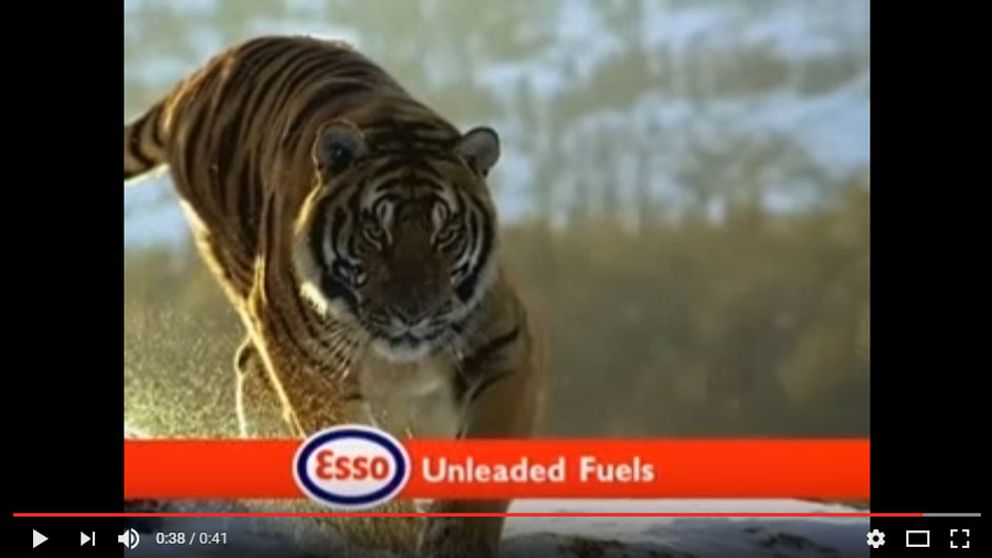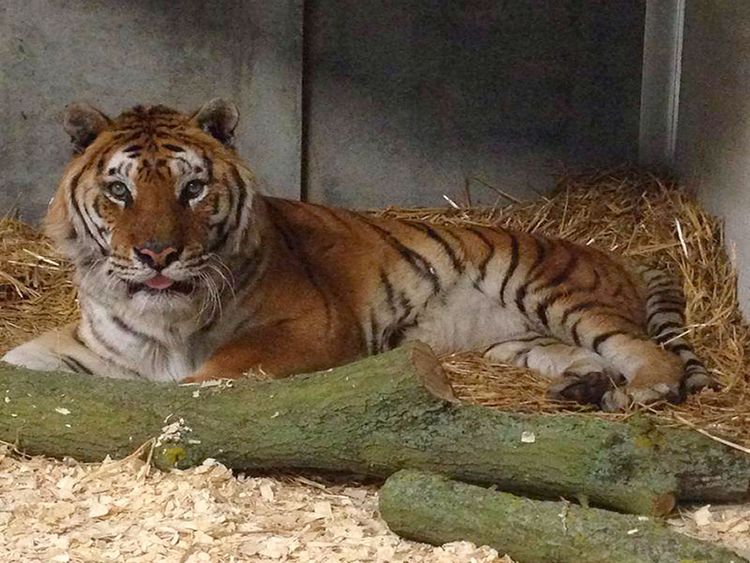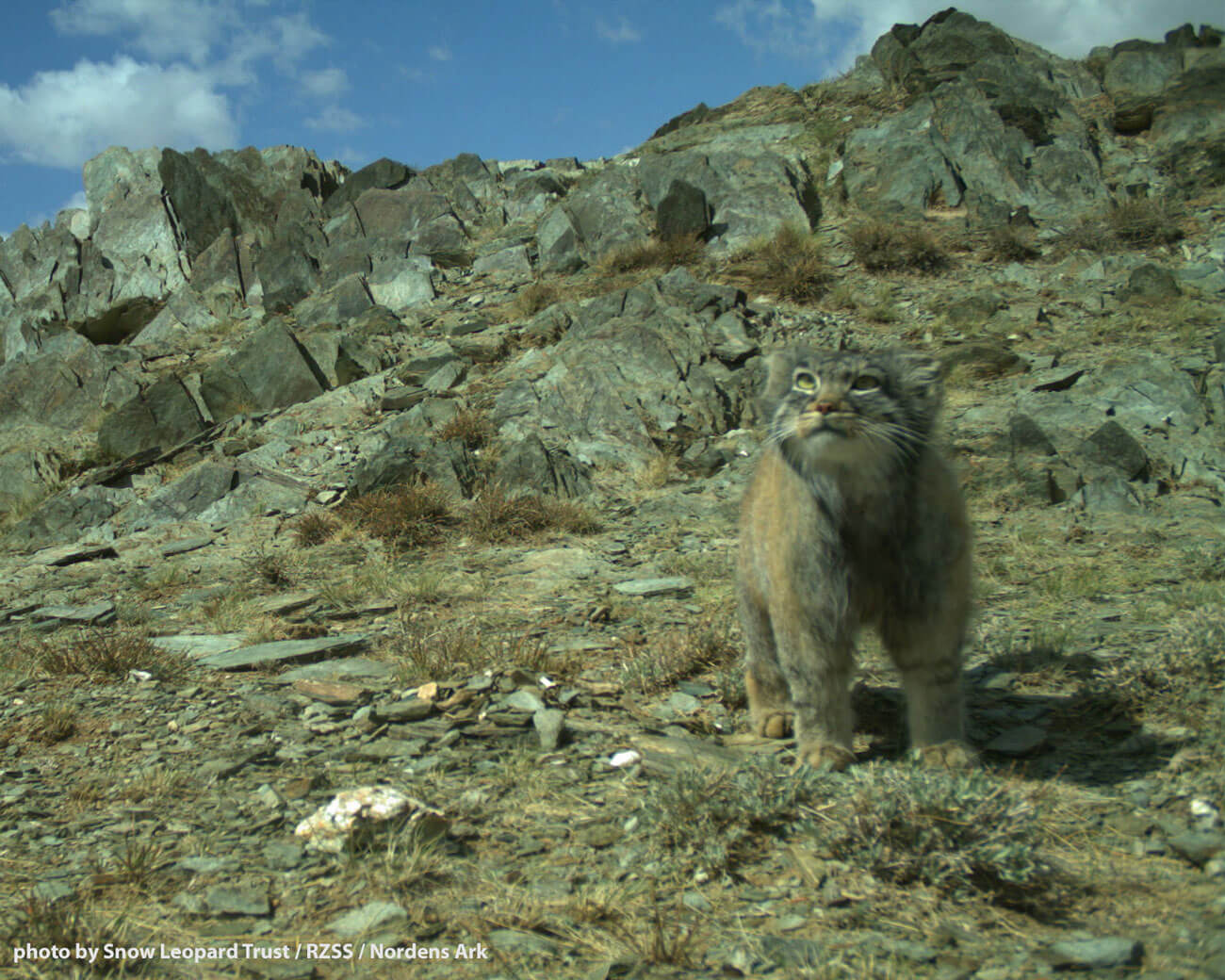September 23, 2016
by Bob Yirka
To learn more about the ancestry of the common house cat, the researchers (which also included colleagues Thierry Grange and Claudio Ottoni) obtained mitochondrial DNA samples of 209 cats from multiple archaeological sites around the world—the ages of the remains ranged from approximately 15,000 years ago to just 300 years ago. After sequencing the samples, the researchers made some interesting discoveries surrounding the history of cats partnering with humans. The first was that there appeared to be two big migration waves—the first occurred not long after the development of agriculture by humans and the second shortly after the domestication of cats in ancient Egypt.
The researchers suggest that the first wave was likely the result of small cats coming into contact with humans due to hunting the increased populations of rodents consuming the grains they grew—the researchers found a link between cats in the Fertile Crescent and other parts of the Mediterranean. The second wave occurred several thousand years later and appeared to be driven by human migrations out of Egypt—the researchers found links between cats there and throughout Eurasia and parts of Africa—likely due, the team suggests, to farmers and seafaring travelers taking cats with them to reduce rat and mouse populations.
There were a couple of other surprises as well—one was that the fierce Vikings apparently had a soft spot for little kitties—one of them was found buried alongside its master in a common grave site that was dated back 1000 years. The other was that tabby cats did not evolve until Mediaeval times.
The researchers noted during their talk that little research has been conducted regarding the domestication of cats, unlike dogs, which means that little is known about their history. They hope their research will be the beginning of a much larger effort.
source
*******************************************************************************
From Viking cats to felines of the ancient mariner: DNA analysis from 30 archaeological sites reveals how cats spread around the world
- The DNA samples date between 15,000 years ago, up to the 18th century
- Researchers found that one lineage in the Middle East grew with farmers
- Another lineage commonly seen in Egypt spread to Bulgaria and Turkey
- And, they also found remains of the same lineage at an ancient Viking site
- Study suggests cats helped to control rodents and were thus tamed
It would be difficult to imagine the world today without the presence of cats – from internet memes to Instagram stars, they’ve just about taken over the world.
But, it wasn’t always that way.
In a new study, researchers analyzed the DNA of over 200 ancient cats, from as far back as 15,000 years ago and up to the 18th century CE, to shed light on the little-known history of cat domestication.
This revealed two distinct waves of cat population growth in Eurasia and Africa, suggesting they may have expanded with farming and seafaring communities who turned to them for rodent control.

In a new study, researchers analyzed the DNA of over 200 ancient cats, from as far back as 15,000 years ago and up to the 18th century CE, to shed light on the little-known history of cat domestication. Bronze figurines of the Egyptian cat goddess Bastet are pictured
The relationship between cats and humans is one that stretches back thousands of years – but, the origin of the house cat largely remains a mystery, and it’s still unclear if these animals are truly distinct from their wild relatives.
‘We don’t know the history of ancient cats,’ Eva-Maria Geigl, an evolutionary geneticist at the Institut Jacques Monod in Paris, told Nature.
‘We do not know their origin, we don’t know how their dispersal occurred.’
To understand more about their history, researchers examined mitochondrial DNA from the remains of 209 cats found at more than 30 archaeological sites in Europe, the Middle East, and Africa.
With some samples up to 15,000 years old, this provides a glimpse at life as far back as the Mesolithic, just before the onset of agriculture.
The most recent samples were from the eighteenth century.
The findings, presented at the 7th International Symposium on Biomolecular Archaeology in Oxford on Sept 15, revealed cats may have lived among ancient farmers, mariners, and even Vikings.
In the Middle East, the researchers found wild cats of a particular mitochondrial lineage grew with early farming communities, stretching to the eastern Mediterranean.
According to the researchers, this may have been the result of grain stockpiles which attracted rodents, and consequently, wild cats, Nature reports.
And once the humans realized the cats’ ability to control pests, they may have begun to tame them.
A similar scenario may have played out thousands of years later in Eurasia and Africa.

The population growth in early farming communities may have been the result of grain stockpiles which attracted rodents, and consequently, wild cats. Once the humans realized the cats’ ability to control pests, they may have begun to tame them. A stock image is pictured
The researchers found a mitochondrial lineage common among Egyptian cat mummies eventually spread to reach Bulgaria, Turkey, and sub-Saharan Africa.
And, they found remains of this lineage at a Viking site from roughly the 8th – 11th century in northern Germany.
These observations suggest sea-faring people may also have used cats to curb rodents, according to Nature.
The history of cat domestication still remains understudied, especially compared to that of dogs.
But in the future, the researchers say analyzing nuclear DNA rather than just mitochondrial could help to answer more questions on how they spread, and how they differ from their wild relatives.
source







